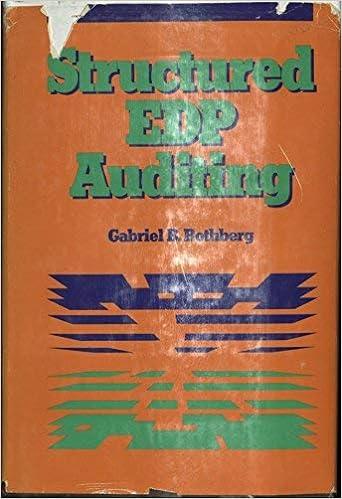
Ind 2 Vote Y Vote N -2.10 Ind 1 Vote y Vote N 10.-2 0.0 Modeling: - Using Game Theory 2. (2 pes) Public goods are not-rival and non-excludable. Check the payoffs (net benefit, benefit after costs) from cach outcome and note that while writing the payoffs of the game these two characteristics of pure public goods is used. Refer to these characteristics first and explain how these characteristics are incorporated into the game. One-Shot Game: Impossibility of reaching the cooperative outcome. b. (4 pts) Solve for the Nash equilibrium of the game and evaluate the Nash equilibrium of the game. Is this cquilibrium socially efficient? Explain by referring to the market failure we encounter with the public goods. (pl) Can the two individuals just promise each other to vote yes and then sustain the promised cooperative outcome in this game that is played once? Show that each individual has an incentive to cheat and vote 10 instead when the other is sticking to its promise. Repeated games and the possibility of collusion: Suppose that the public good in question has to be provided again and again every period. For example, the public good in question can be the common swimming pool that has to be cleaned every week to be usable. Keeping the benefits and costs of having a 'uscable" pool same as given in the original game matrix let us see if repetition can improve things d. (2 pts) Corporation is possible for repeated games with no specific ending periods: Suppose instead the initial game is played indefinitely again and again cach individual voting yes or no for the provision of the public good. Suppose individuals announce to use a trigger strategy: "I will vote yes as long as you vote yes as well, but if in any single period if you choose not to cooperate and vote no, I will never ever cooperate with you, and punish you with voting no forever." Argue that now cooperation is possible, and the unbeneficial punishment phase never starts as long as future is important for the individuals. e. (3 pts) Result does not hold for finitely repeated games: Argue that the above conclusion would not hold if the game is repeated only for a finite period of time, say 3 periods only







